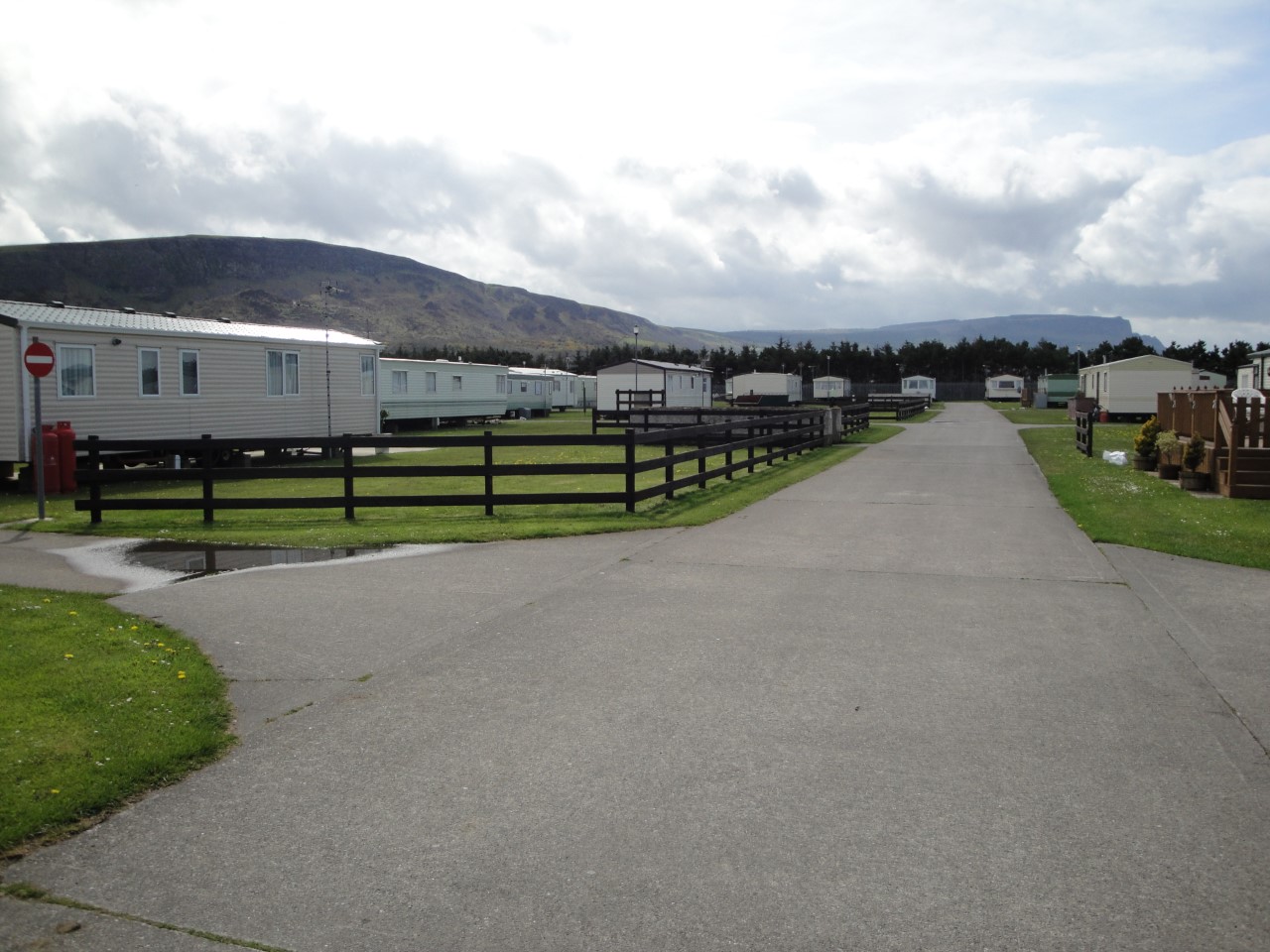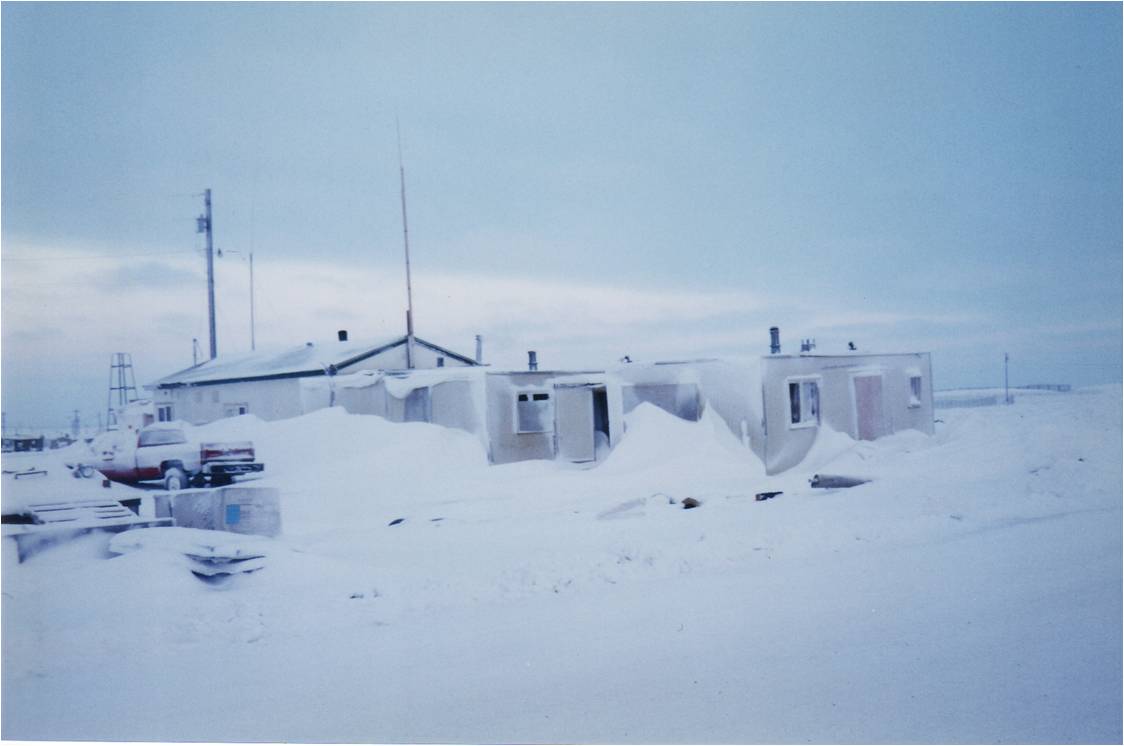The speed of installation with the minimum of disruption makes the vacuum sewage systems offered by Iseki Redivac ideal for camp and caravan sites. Installation works can be restricted to the winter closed/quiet season so as not to interfere with high season trade. The Redivac system can be designed to manage the problematic issue of dealing with high season flows while catering for the low season flows thus avoiding the normal maintenance issues associated with the traditional gravity system. The system also has the capability of intercepting existing gravity systems whilst managing new flows from an expanding camp site.
When using a Redivac system for camp and caravan sites, the system can be designed to collect from individual static caravans as well from the services offered on the site such as toilet blocks, touring caravans emptying facilities and laundries. The flexible characteristics of the small bore polythene pipe employed in Redivac systems allow the construction of the pipe network to facilitate this without the need for large and sometimes deep collector pipes. Other advantages of the system include having the flexibility to locate the vacuum station almost anywhere on the site and having the collection points located throughout the site without the need for electrical power. A further benefit of choosing a vacuum system is its capacity to be extended along with future expansions to the site.


